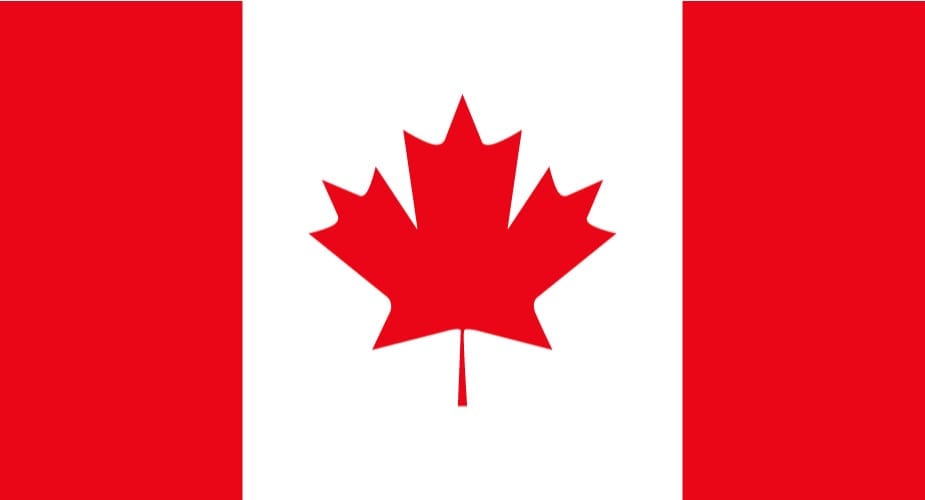
Sixteen independent countries around the world have flags consisting of only red and white. These include Canada, Japan, and Turkey. Greenland and England are two constituent countries that also have only white and red on their flags.
Let’s look at each of these eighteen countries’ flags in more detail.
Austria

The flag of the Republic of Austria is a horizontal tricolor with a white band in the middle and red bands on either side of it. Although this flag was only adopted for the last time in 1918, replacing the black and gold flag of the ruling Habsburg monarchy, it has been used on and off for Austria since as early as 1230.
Bahrain

The flag of the Kingdom of Bahrain appears as a red field with a white vertical stripe on the left side, the two separated by a serrated edge. This edge actually consists of five pairs of interlocking triangles that stand for the five pillars in Islam.
Canada

One of the most easily recognizable flags in the world, the flag of Canada is a vertical tricolor with a wider white band in the middle surrounded by red bands on either side and a red maple leaf in its center. The maple flag replaced the Red Ensign of Canada in 1965.
Denmark

The flag of Denmark is a white Nordic cross over a red field. There is controversy over when exactly it came into use, but Guinness World Records have an adoption date of 1625 and have therefore given it the record for the oldest flag to have seen continuous use.
England

The flag of England consists of a red St George’s Cross over a white field. Although England is a constituent country of the United Kingdom rather than an independent state, the English flag is globally prominent due to its use by English sports teams.
Georgia
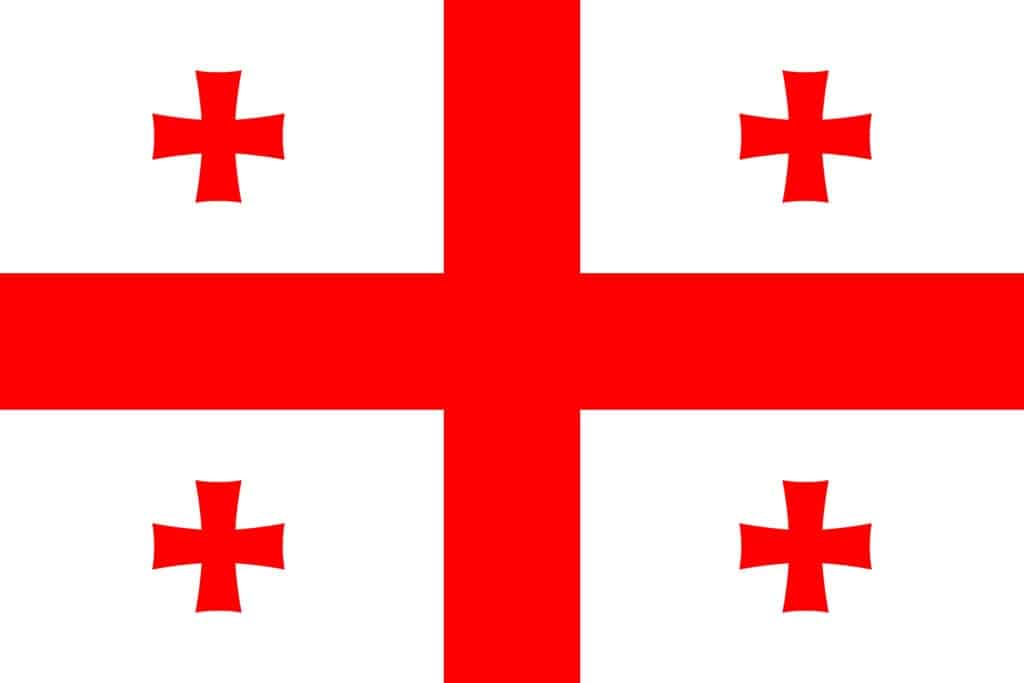
The flag of the Caucasian country of Georgia – not to be confused with the American state – consists of a white field with a large central red cross and four smaller Georgian crosses in each of the four quadrants. There is controversy over whether the flag’s design is derived from the Jerusalem Cross.
Greenland

The flag of Greenland – the other constituent country in the list – consists of a horizontal bicolor with white on top and red on the bottom and a circle on the left side that flips the colors of what would sit underneath it.
Indonesia
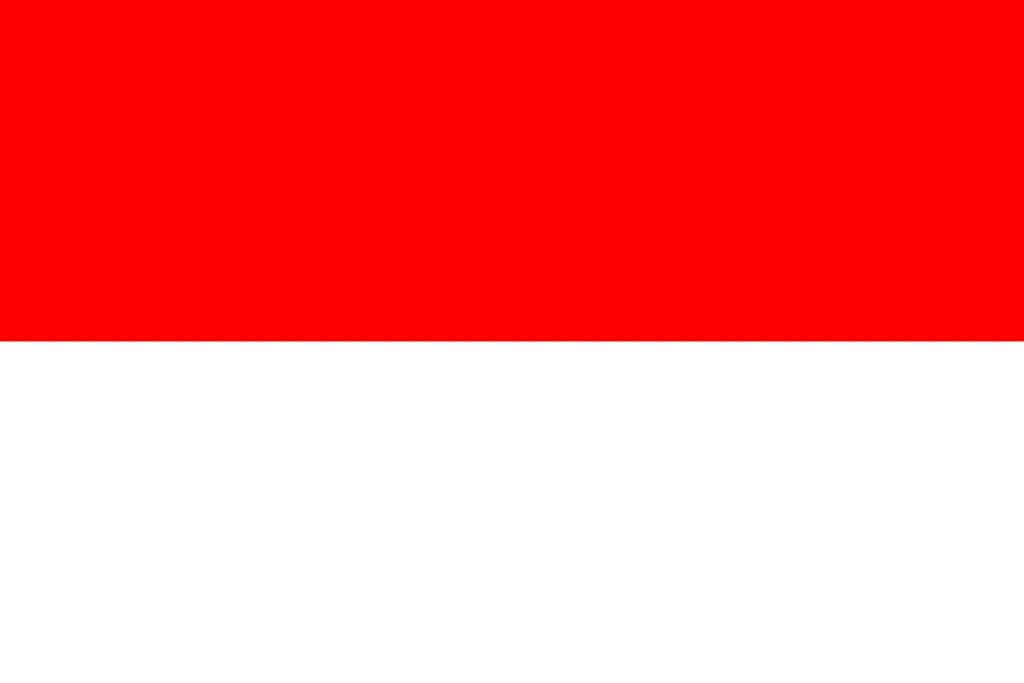
The flag of the Republic of Indonesia is a horizontal bicolor with red on the top and white on the bottom. This flag has gone through various incarnations and appears to have multiple interpretations and historical origins. It is also notable for being very difficult to distinguish from the flag of Monaco.
Japan

The flag of Japan consists of a white field with a red circle in the center. The circle represents the sun and is an allusion to the mythology surrounding the imperial family of Japan, who are said to have originated with Emperor Jimmu, a descendant of Amaterasu, the goddess of the sun.
Malta
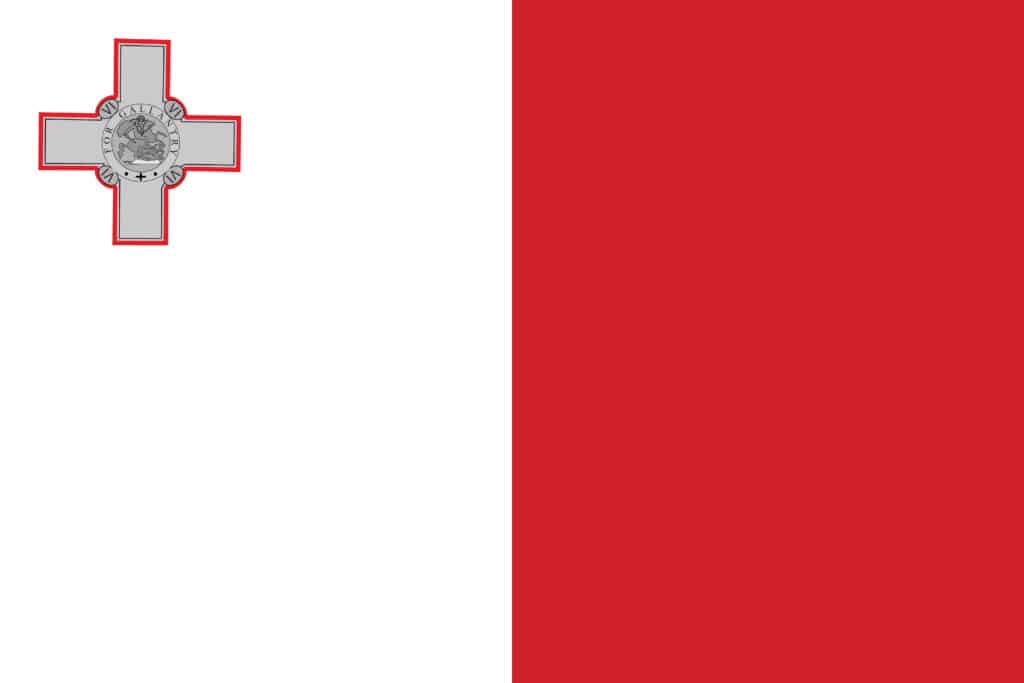
The flag of the Republic of Malta is a vertical bicolor with white on the left and red on the right. This is the only flag on the list that has traces of other colors, with black outlines featuring in the George Cross that sits on the top left corner.
Monaco

The flag of the Principality of Monaco is a horizontal bicolor with red on the top and white on the bottom. This makes it almost identical to the flag of Indonesia, with only subtle differences in the shade of red and the precise ratios.
Peru

The flag of the Republic of Peru is a vertical tricolor with the white band in the middle and the red bands on either side. It is often compared to the Austrian flag rotated 90 degrees or the Canadian flag without the maple leaf, though there would still be differences even if these modifications were done.
Poland

The flag of the Republic of Poland is a horizontal bicolor with white on the top and red on the bottom. It is often confused with the flags of Monaco and Indonesia, which it appears to be a color inversion of. The shade of red used was different through much of the 20th century, but the original color was restored in 1980.
Singapore

The flag of the Republic of Singapore is a horizontal bicolor with red on top and white on the bottom, with a white crescent and five white stars in the top left corner. It has been in use since Singapore’s colonial period ended in 1959.
Switzerland

The flag of Switzerland consists of a white Swiss cross over a red field. With a complex history that dates back to at least the 13th century, the flag is most easily remembered as a color inversion of the International Red Cross Movement’s emblem.
Tonga

The flag of the small Pacific Kingdom of Tonga consists of a red field with a white canton in the top left corner and a red Greek cross within that.
Tunisia
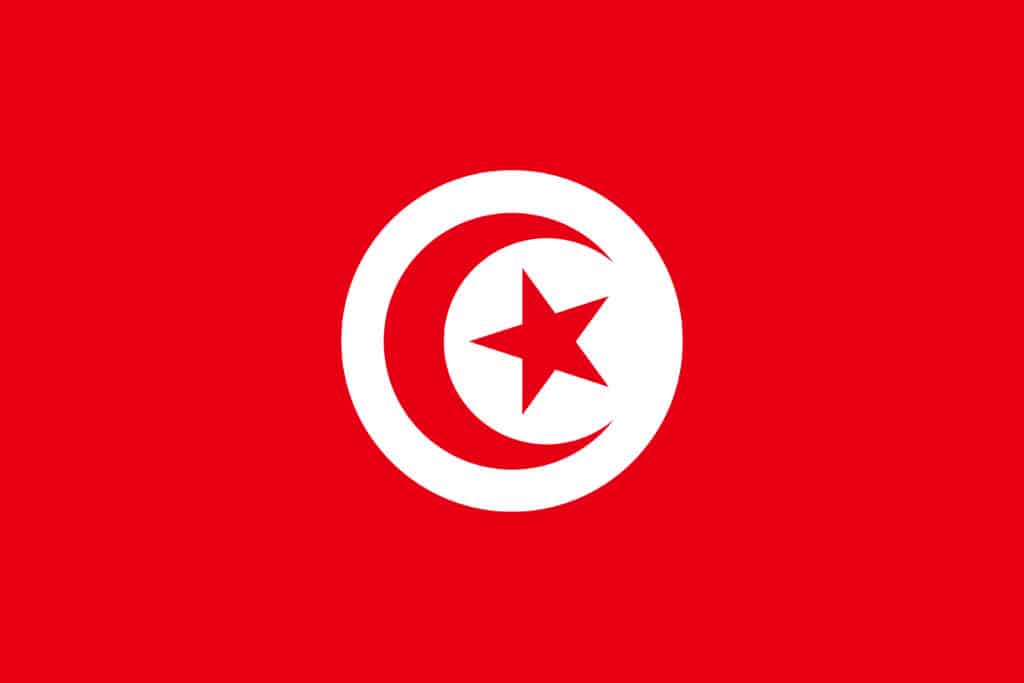
The flag of the Republic of Tunisia consists of a red field with a white circle in the center, within which are a red crescent and star. Although it has gone through multiple subtle variations, the flag was first adopted in 1827, when what was then the Beylik of Tunis was intertwined within the Ottoman Empire.
Turkey

The flag of the Republic of Turkey consists of a red field with a large white crescent and star symbol centered slightly to the left of the center of the flag. Although associated with Islam today, the crescent and star predate the religion as a symbol for Byzantion, the city that would become Istanbul, Turkey’s largest city and former capitol of the Ottoman Empire.
Final Thoughts
Although flags with only two colors are not common, we have learned today which countries around the globe only have the colors red and white on their flag and can see that there are many prominent nations among them.
